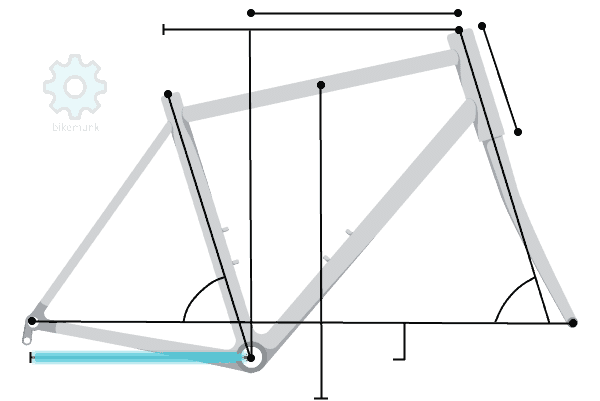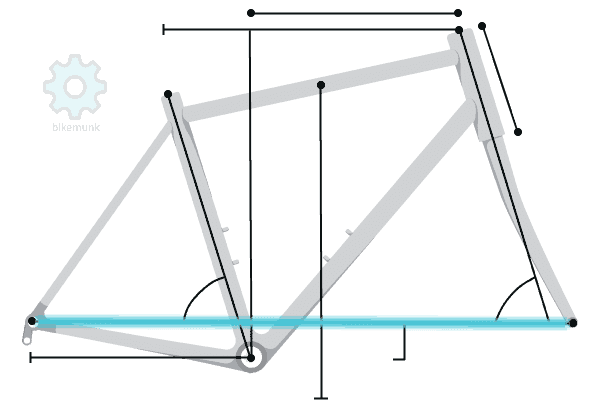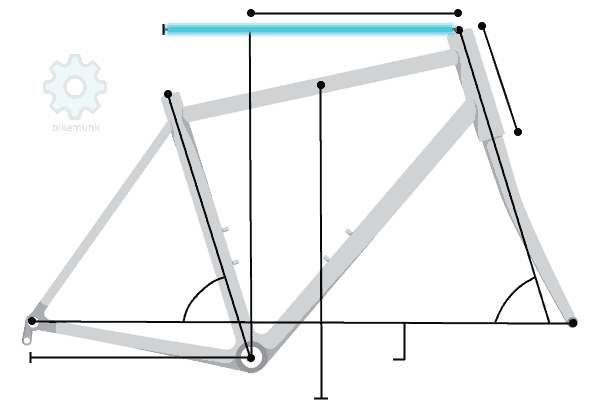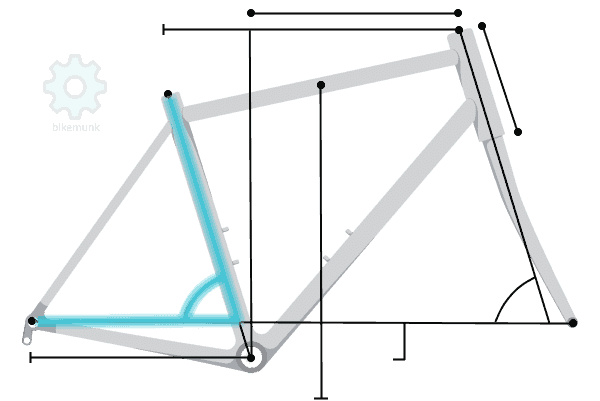The Scott CR1 is a professional racing bike that we are focusing our review on today. Our Scott CR1 bike review will compare the bike to other similar racing bikes in the Scott line, as well as similar racing bikes from other brands on the market. Our goal is to help you find the perfect professional racing bike for your cycling needs.
What is the Scott CR1 road bike designed to do?

The Scott CR1 is a road bike that's built for speed and performance for professional riders. The bike's light frame is one of the lightest of similar bikes, to help provide responsive handling and a more natural uphill climb. The five different CR1 models available offer a variety of components, which allows professional riders to choose the performance level that fits within their budget. All of their options, however, are geared to provide incredible speed balanced with stability and durability for road racing.
Who is the Scott CR1 good for?
Professional cyclists who want a comfortable but high-performing bike might find the Scott CR1 to be a good option for their needs. This sports bike gives racers a lightweight bike to maneuver uphill, with an 11-speed shifter to vary speeds as needed around turns, downhill and more. Serious cyclists who have a high budget and want to invest in a high-performance bike may enjoy the Scott CR1 for their next bike.
- Groupset
This Scott bike comes with a carbon fiber frame, which is both lightweight and strong. Carbon fiber isn't as easy to repair as aluminum, unfortunately, so if your bike frame does become damaged, you may not be able to fix it.
However, carbon fiber frames are typically more expensive because of their reliability and durability. Carbon also assists this bike in its performance and power because of its stiffness that helps transfer energy during your ride, requiring less energy exertion from you.
The Scott CR1 frame could be credited with igniting the "carbon fiber wars." It's an historic frame, and on premium CR1 models (like the CR1 Team Carbon model), the frame gets pretty ridiculous. It's can be a steal if you can get your hands on a slightly older year.
Pros
Cons
The major con here is the frame height, which can feel awkward and unstable, especially when turning at speed (and is a weird quirk for a bike focused so much on racing). Other drawbacks could easily be benefits (e.g. the handling is almost too good).
Expert Opinions
“It looks fast. It looks mean. It certainly is. It’s a little more comfortable than an all-out race bike.” – Shane Miller, Rutland Cycling
"Vibration and road shock are some of the main contributors to rider fatigue. On this bike, not only is it light and fast but also, it's going to be more comfortable to help you ride for longer distances." – Bill Hannah, Circle City Bicycles
How Does Scott CR1 compare to other bikes from Scott?
Scott offers several other types of bikes, including other high-performance road bikes that offer comparable features and geometry to the CR1. Here, we’ll compare the CR1 against the Scott Addict RC 10, the Scott Addict 20, the Scott Speedster 30, and the Scott Speedster 10 Disc.
Stack & Reach
Stack
Reach
The CR1’s stack of 56.5cmis a bit shorter than most of the other Scott bikes, which means you’ll have a little less of a bent-over position as you ride. The reach of 38.3cmis only slightly longer than similar Scott bikes, but this could equal slightly more stability for riders.
Chainstay Length

The CR1’s chainstay length of 40.5cm is the shortest of the bunch, equal only to the Scott Addict RC 10. Scott created this bike to be agile and responsive, so it makes sense to have a short chainstay to give the bike better agility when maneuvering corners.
Wheelbase

Unlike professional sporting bikes, the Scott CR1 and similar options offer a good balance between comfort and sport. The 98.1cmwheelbase on the CR1 is slightly longer than most of the similar Scott options, aside from the Addict RC, which helps the bike have a more relaxed than sporty feel.
Component Differences
The Scott Speedster 30 and Scott Speedster 10 Disc have aluminum alloy frames, which leads to a much lower price point than the other Scott bikes in this group. The carbon frame of the Scott CR1 boost its price but also give it more power and performance over the lower-budget Scott bikes. Although the bikes all use Shimano groupsets, the higher-price Scott bikes, like Scott Addict RC 10 and the Contessa Addict 15, have higher-performance groupsets with more speeds available than the Scott CR1.
How Does the Scott CR1 compare to similar bikes from other brands?
Now that we've compared teh CR1 to other Scott bikes, let's compare it to bikes in the same class but from other brands. Specifically, we want to see how it stacks up against the Specialized Diverge Sport, Diamondback Airen 4 Carbon, Giant TCR Advanced, Trek Domane S5 Disc.
Stack & Reach
Stack
Reach
The Scott CR1 stack is 56.5cm, which is the shortest of the bunch, and its reach is 38.3cm, which is on the higher end of comparable bikes. As a rider on the Scott bike, you’ll sit a bit lower than on other bikes, but you’ll reach a tad farther. The two sizes together help improve aerodynamics and comfort compared to some of the other bikes, which focus more on aerodynamic quality in their geometry.
Wheelbase

The Scott CR1 has the shortest wheelbase of this group of bikes, at 981mm. Scott intended for this bike to be very responsive and nimble in its turning abilities, and it stays true to its intentions with this wheelbase. This bike is sporty, and the shorter distance between the front and rear axles allows it to be agile for high speeds on twisting roads.
Seat Tube Angle

The Scott CR1’s seat tube angle of 73.5 degrees is typical for this type of bike, giving it a good balance between comfort and aggressive riding. There isn't much of a difference in these bikes' seat tube angles since this position helps place riders at the optimal position for speed and stability.
Weight
The 18.48-pound weight of this Scott bike is only heavier than one bike from this group, the ultralight Giant TCR Advanced, which has an Advanced-grade composite frame rather than a full carbon frame like the others. Scott CR1 may have a more comfortable climb uphill than some of its competitors, thanks to its lighter weight.
Component Differences
Scott CR1 holds up to the competitors in this group of road bikes in many of its components. All six of these bikes use Shimano groupsets, with the Trek Domane S 5 Disc, Diamondback Airen 4 Carbon, Giant TCR Advanced, and Specialized Diverge Comp E5 all utilizing the Shimano 105 groupset like the Scott. The Specialized Diverge Sport offers a lower-budget groupset with the Shimano Tiagra.
You may notice a difference, though, in the crankset of the CR1 and the Specialized models we compare here. Both Specialized bikes use a Praxis Alba 2D crankset rather than the standard Shimano cranks that come with the groupset. This double crankset is semi-compact, meaning that it lends to the bike’s hill-climbing abilities and could give these bikes a competitive edge over the CR1.
